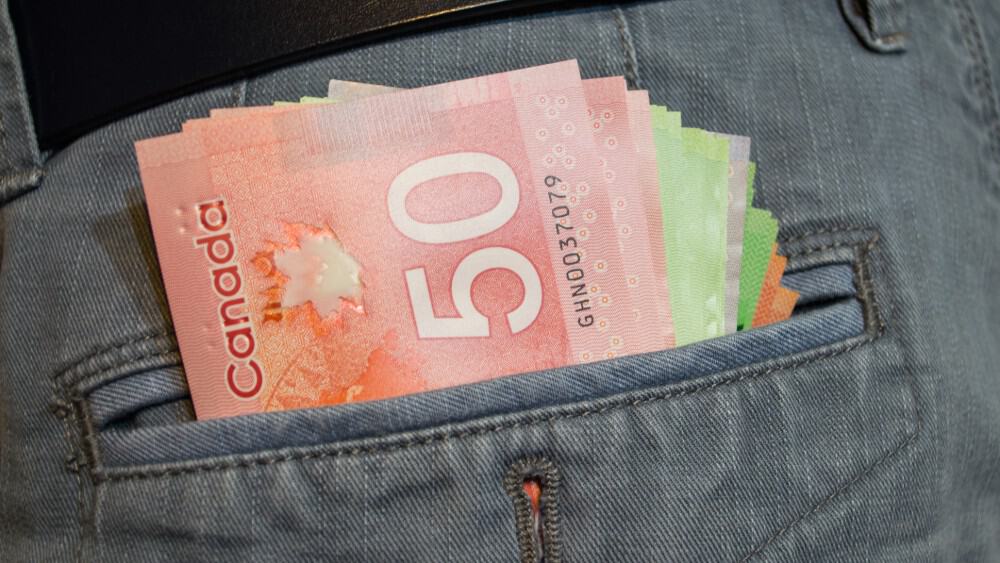Due to COVID-19 and the market crash it triggered, millions of people their jobs worldwide. About two million Canadians lost their jobs in April alone. But the worst seems behind us, as the government and companies are making more and more positions available. Almost 419,000 jobs were added to the economy in July, and though it didn’t reset the balance, it has the potential to help Canadians get back on their feet.
Still, there are at least a few hundred thousand, if not a few million, Canadians who are still in need of financial assistance. And though CERB is coming to an end, there are three CRA payments available that can help people in the current crisis, at least to some degree.
GST payment
Families with modest means are eligible to receive part of GST/HST they pay to the government on their routine purchases. This tax-free quarterly payment is one reason why people who may not even owe any taxes to the government (due to lack of income) are encouraged to file returns. A married couple can get a maximum of $592 and up to $155 per child under 19 years of age.
Student payment
Students who don’t qualify for CERB and EI can still apply for CESB before the 29th of this month. That’s the deadline for the last eligibility period. Students will get $1,250 for four weeks. If they are taking care of a dependent or a child under 12, or have a disability, they can claim $750 extra, making the CESB equivalent to CERB.
New EI payments
The EI is supposed to take over where CERB ends. But unlike CERB, which was paid to anyone who lost their income due to COVID-19, and a few other requirements, EI is a bit tough for many Canadians to qualify for.
Typical EI qualification required 420 to 700 insurable hours (depending on the local unemployment rate). But the government concedes that COVID-19 makes it harder for many people to claim the minimum number of hours required to qualify for EI.
So, the new EI requirements are a bit less stringent. People who have a minimum of 120 insurable hours accumulated will get a credit of 300 insurable hours (for regular benefits) and 480 insurable hours (for special benefits). This will allow many more Canadians to qualify for EI.
A better alternative
A better alternative is, of course, your savings and investments. For example, if you had invested $10,000 in Intact Financial (TSX:IFC), you’d now have about $40,000 (with dividends reinvested). So, even if you broke apart half of this nest egg, you’d have $20,000, which is equivalent to 10 months of CERB payment; in most cases, that’s more generous than EI.
While the stock is still trading at a price 10% lower than before the pandemic, it’s a bit overpriced, so you may want to wait for another dip. Its recovery has been very swift, especially compared to the broader condition of the financial sector. As a Dividend Aristocrat, it increased its payouts for 15 consecutive years, and even if its yield isn’t very generous right now (2.3%), the capital growth rate makes up for it.
Foolish takeaway
The new EI might have a laxer qualification requirement, for most Canadians, the payout itself would not be as generous as CERB was. This is where even small investments can help you out. Even if you can invest one or two thousand each year in decent stocks, you can build enough of an emergency fund that can help you supplement whatever benefit you are receiving from the government.









